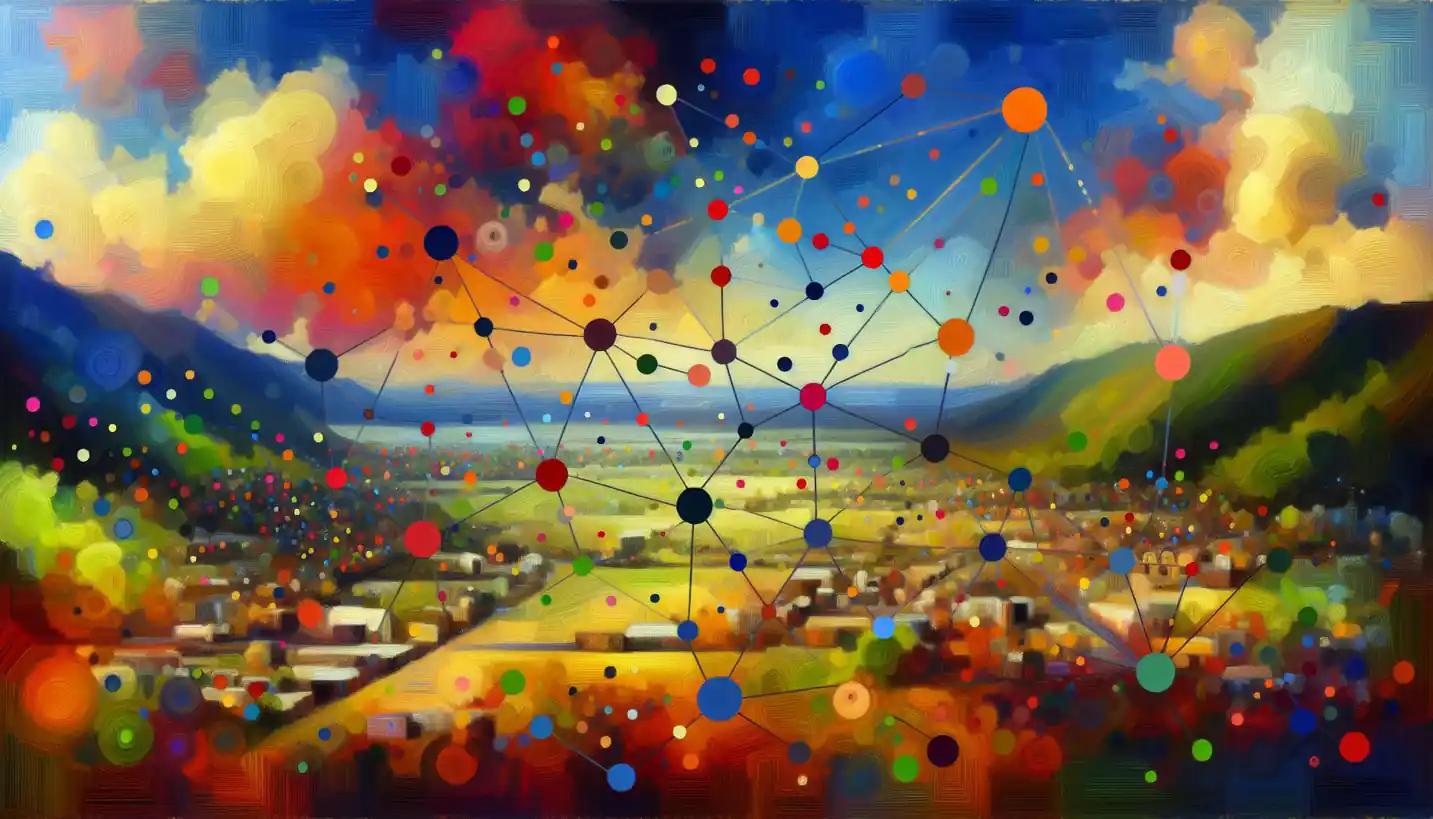· Sociology · 4 min read
Cyborg Theory: Exploring Human and Machine Merging
Cyborg theory imagines blending humans and machines into one. Delve into the implications of becoming part human, part technology.

When you think about robots or cyborgs, you might conjure up images from sci-fi movies. But cyborg theory, a fascinating concept in sociology, delves deeper into the merging of humans and technology in our everyday lives. This isn’t just about futuristic visions; it’s happening around us more than we realize.
Society has always been influenced by new inventions, from the wheel to the internet. Cyborg theory takes this a step further, exploring how humans and technology are becoming intertwined both physically and metaphorically. This theory looks at how technology affects our identity, connections, and even our understanding of what it means to be human.
The Roots of Cyborg Theory
Cyborg theory finds its roots in the work of Donna Haraway, a prominent scholar who introduced the idea in her “Cyborg Manifesto” during the 1980s. Haraway used the cyborg as a metaphor to challenge traditional notions of gender, identity, and boundaries. She argued that just as machines and humans intertwine, so too do various aspects of identity, blurring lines we often take for granted.
Haraway’s idea was radical and thought-provoking—it suggested that by embracing our inner cyborg, we could transcend limits imposed by traditional categories of existence. Imagine the boundaries between natural and artificial, physical and digital, becoming less clear. It’s about seeing these combinations as opportunities rather than distractions.
Where Technology Meets Flesh
In modern times, cyborg theory is more relevant than ever. Think about how you might struggle to function without your smartphone. It’s like an extension of your mind, storing memories in photos, organizing schedules, and connecting you to a world of information at your fingertips. This blending of human and machine capability is the heart of cyborg theory.
But it’s not just smartphones. We have medical devices, like pacemakers and prosthetic limbs, making us literal cyborgs. These innovations enhance our bodies and lives, challenging our perceptions of human limitations. The technological aids are becoming part of our identities, showing how closely intertwined we’ve become with machines.
Cultural Impact
This theory also impacts culture in profound ways. With technology shaping nearly every aspect of our lives—from work to social interactions—our understanding of culture evolves. Online identities, digital friendships, and virtual realities are a norm now, illustrating how our societal fabric is changing.
Look at social media, for example. It allows us to project multiple aspects of our identity. We curate images, thoughts, and personas that blend the real with the digital, reshaping how we view ourselves and others. This evolution is at the core of cyborg theory, which questions where the virtual ends and the real begins.
Ethics and the Cyborg Future
As technology progresses, ethical questions arise. What does it mean to enhance the human body? Where do we draw the line between improvement and alteration? Questions about privacy, consent, and the nature of consciousness accompany these advancements.
Moreover, as AI and robotics evolve, they test our moral and philosophical boundaries. Could machines have consciousness or rights? Should they? The ethical implications of merging human and technology are vast, and cyborg theory doesn’t shy away from confronting these challenging issues.
Everyday Cyborgs
Perhaps without even knowing it, many of us are part of this cyborg era. Wearable tech like smartwatches track our health, guide us with GPS, and even predict personal habits. This technology, while enhancing convenience, also raises questions about data privacy and surveillance.
Our dependency on technology makes us all a bit like cyborgs. We rely on technology for communication, mobility, and learning. Our symbiosis with technology not only makes life easier but also blurs lines between the organic and mechanical.
Beyond Human Limits
Cyborg theory pushes us to reconsider our own potential. Technology extends human capacities, suggesting a future with fewer limitations. Assistive technology empowers individuals with disabilities, showing how enhancements can improve lives.
The influence of cyborg theory challenges societal norms, urging us to rethink traditional ideas of ability and identity. By considering technology not as separate but as a part of ourselves, we might explore broader possibilities for the human condition.
Final Thoughts
Cyborg theory opens a fascinating dialogue about the intertwining of humanity and technology. It challenges us to rethink our perceptions and embrace a future where the lines between human and machine are continuously blurred. As we advance, this theory remains crucial for understanding not just technological impact but also the evolving nature of what it means to be human.
In this ever-changing landscape, the fusion of flesh and technology invites exciting possibilities and profound questions. The cyborg is not just a future entity in science fiction; it is us, here and now, living on the cusp of a new era.
This exploration leaves us pondering a multitude of questions: How much integration with technology is too much? Could we lose touch with our human essence? Or, can this integration lead to a richer, more interconnected human experience where possibilities are endless? The journey ahead is as thrilling as it is challenging.



